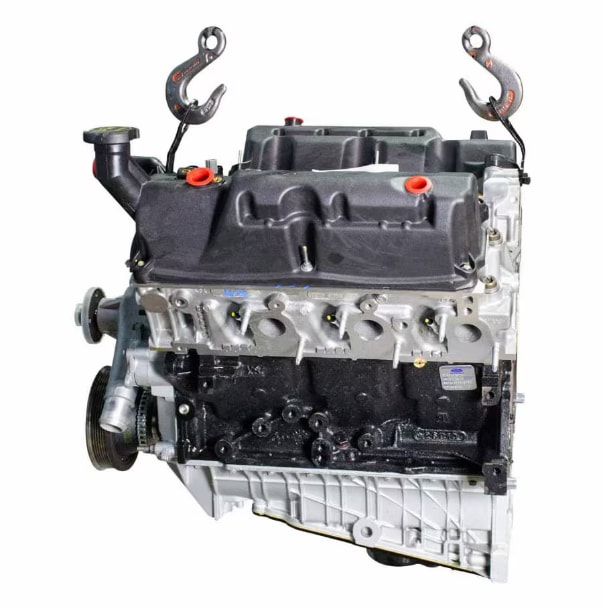Performance Analysis
The 4.0 L V6 was known for being both powerful and dependable. Even today, two decades after it was last used, the engine remains one of the most popular and reliable engines that Ford has made. With 4.0 liters of displacement in each cylinder, this engine offered powerful output, making it an obvious choice for Ford's trucks and SUVs at the time. It offered 160 horsepower and 225 pound-feet of torque.
Generally considered to be fuel efficient for the size of vehicles that it was powering, the mpg varied across the different Ford vehicles that featured the 4.0 L V6.
The 4.0 L V6 stood out from similar engines of the time. While it wasn't necessarily the most powerful engine available during its era, it was one of the most reliable and fuel-efficient. This made it a popular choice in cars used as daily drivers or for lighter towing.
Reliability and Common Issues
One of the biggest features of the Ford engine 4.0L V6 that stands out is how reliable the engine has proven to be. Many drivers have reported that with proper maintenance, the engine has continued to be reliable long after hitting the 100,000-mile mark.
One somewhat common issue with the 4.0 L V6 that has been reported in Ford Rangers and Explorers equipped with this engine is that the transmission has been known to fail as the vehicle reaches 120,000 miles. Another common issue is the valve train ticking. This issue is usually traced back to the lifter creating noise or wear on the pushrods and rocker arms.
Maintenance and Care
As with any aging engine, there are some
maintenance tasks that you can do to keep it reliable for longer. Regularly checking your engine oil, brake fluid, transmission fluid, coolant, and power steering fluid will help keep your vehicle safe, and help you avoid unnecessary wear and tear. Regularly inspect the vehicle's belts for any signs of wear, like cracks, glazing, or fraying. Replace them right away if these signs appear. If your vehicle displays a warning light, make sure to check it immediately to avoid a breakdown. Ignoring issues, especially with older engines, and continuing to drive the vehicle can cause even more damage, or even put the driver and passengers at risk.

